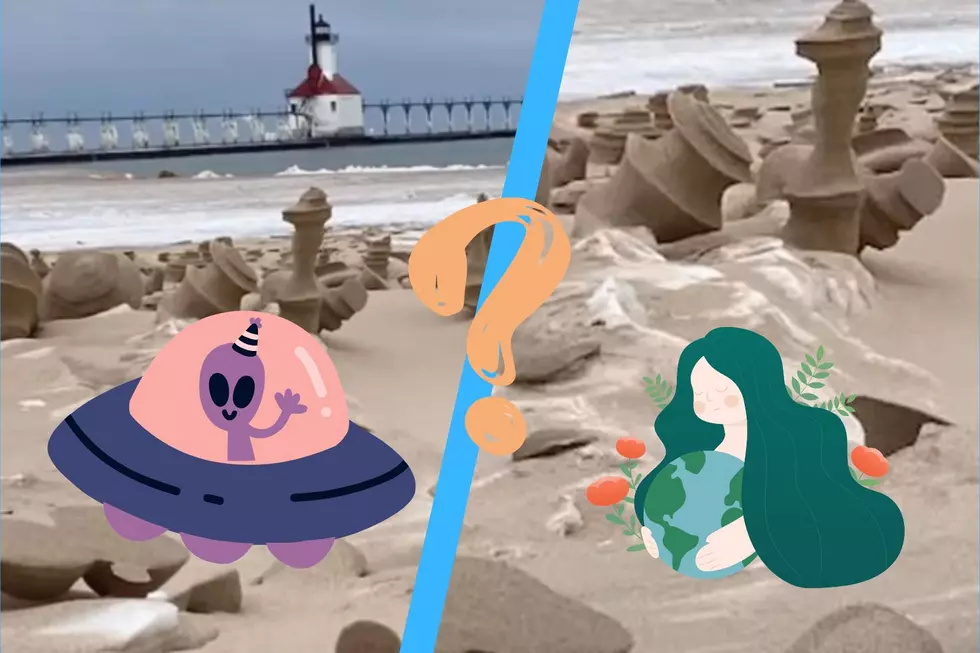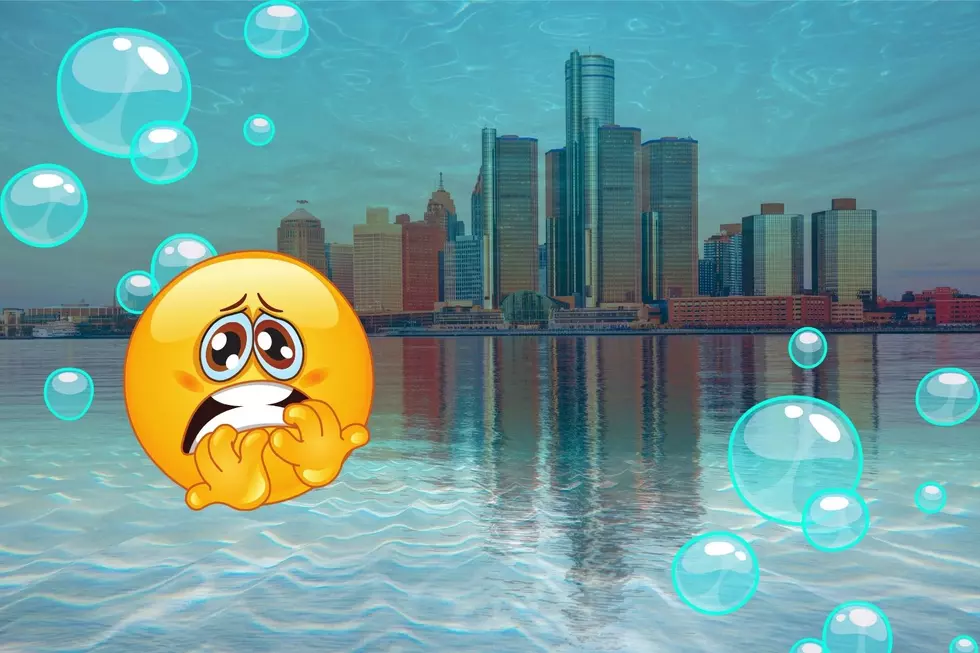
Have You Seen These Frozen Sand Sculptures Along Lake Michigan?
The weather has the capability of creating some crazy phenomena.

Take Michigan for example. It can be sunny and tepid one minute, and the next minute we're getting golf ball-sized hail.
But what about cold weather phenomena? And I'm not talking about blizzard amounts of snow. I'm talking about frozen sand sculptures.
Lake Michigan Frozen Sand Sculptures
If you had shown me a picture of this before I learned about it, I would have said that you were showing me an alien sculpture, hands down. I mean, take a look at it for yourself.
These sand sculptures were not made by aliens. Instead, they were created by the perfect weather conditions surrounding Lake Michigan.
Here's how they form;
- The ground has to be good and frozen with a depth of several inches
- Even though the ground has to be frozen, it also has to easily be moved by the wind; making sand the perfect ground to work with
- The wind must stay consistently strong for several hours, blowing away anything loose and leaving behind anything frozen enough to remain stuck together
Basically, it's got to be cold and windy, which is exactly what's going on near Lake Michigan.
So no, it's not aliens, it's just earth science. Which is still pretty cool in my book.
If you want to see more of these sand sculptures, check out the videos below. Or heck, layer up, and make the drive to Lake Michigan for a day or weekend trip. Just make sure you go when it's cold enough outside, otherwise, the sand might not be frozen enough to stick together.




